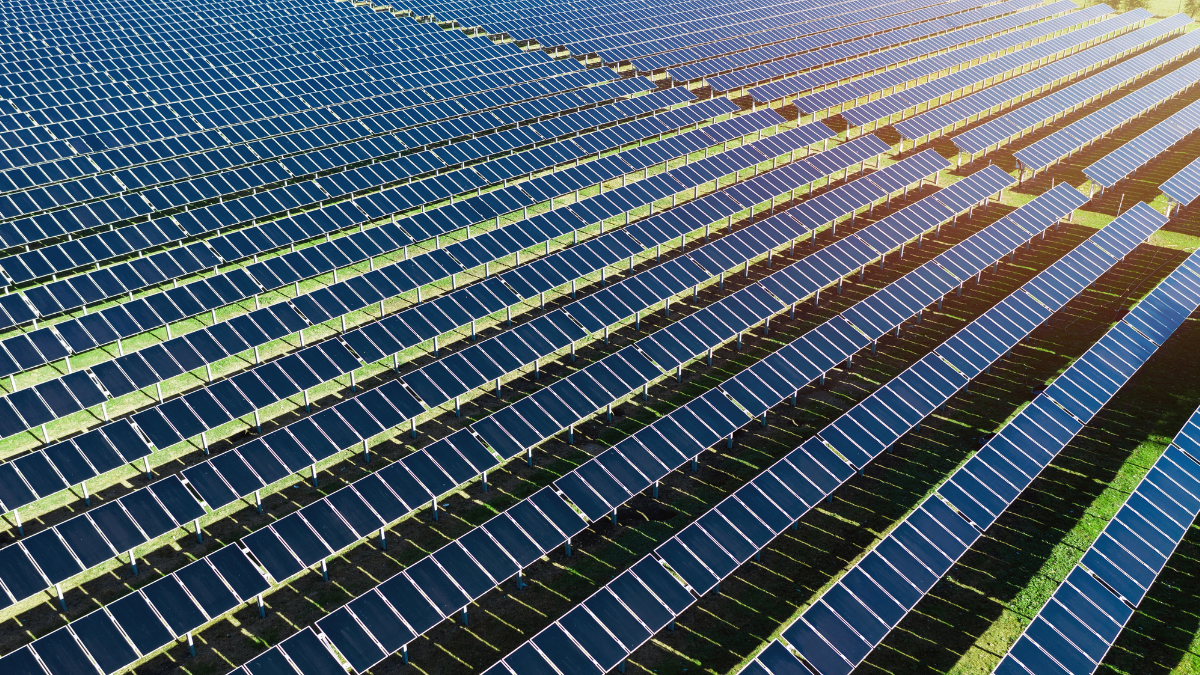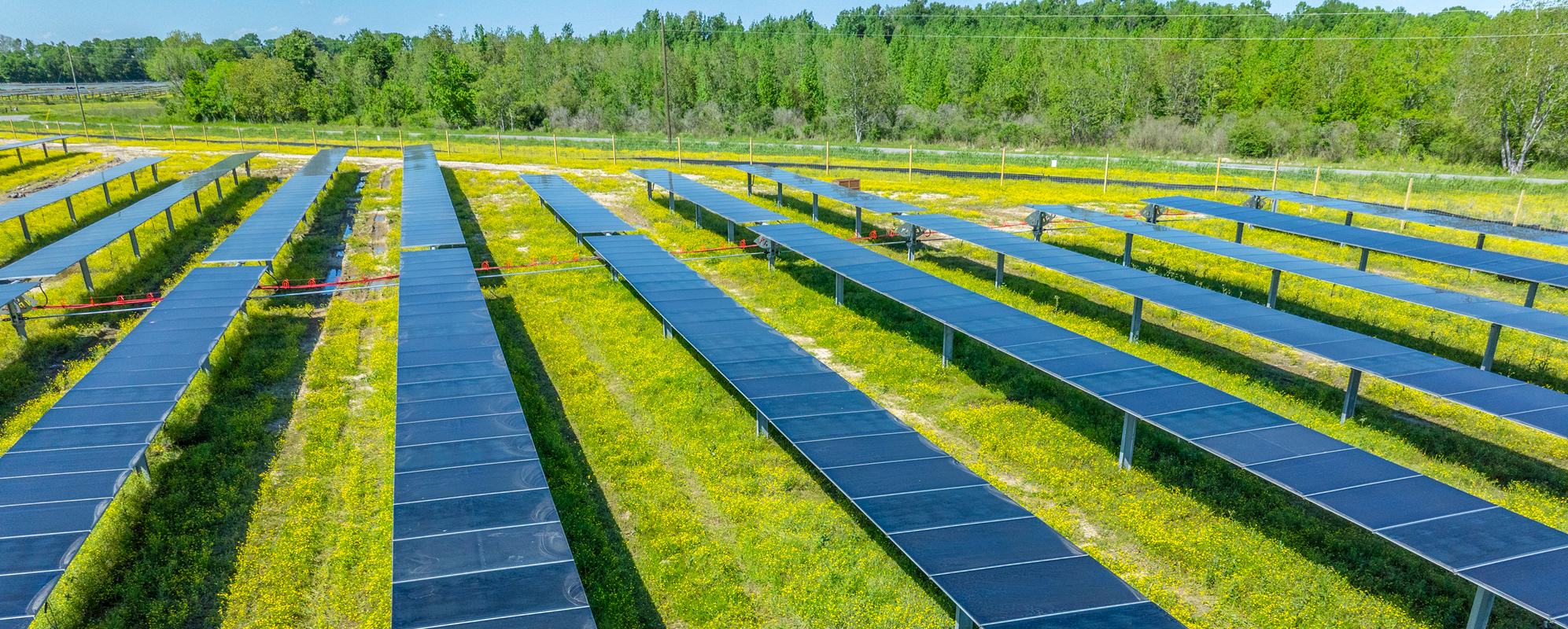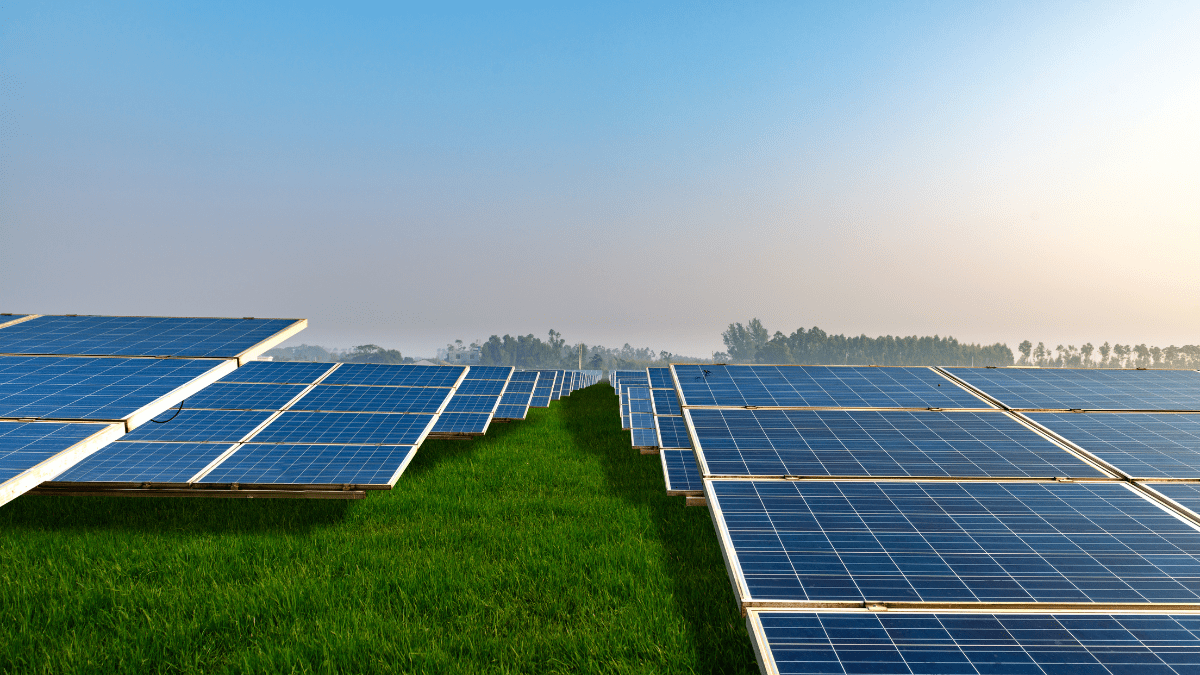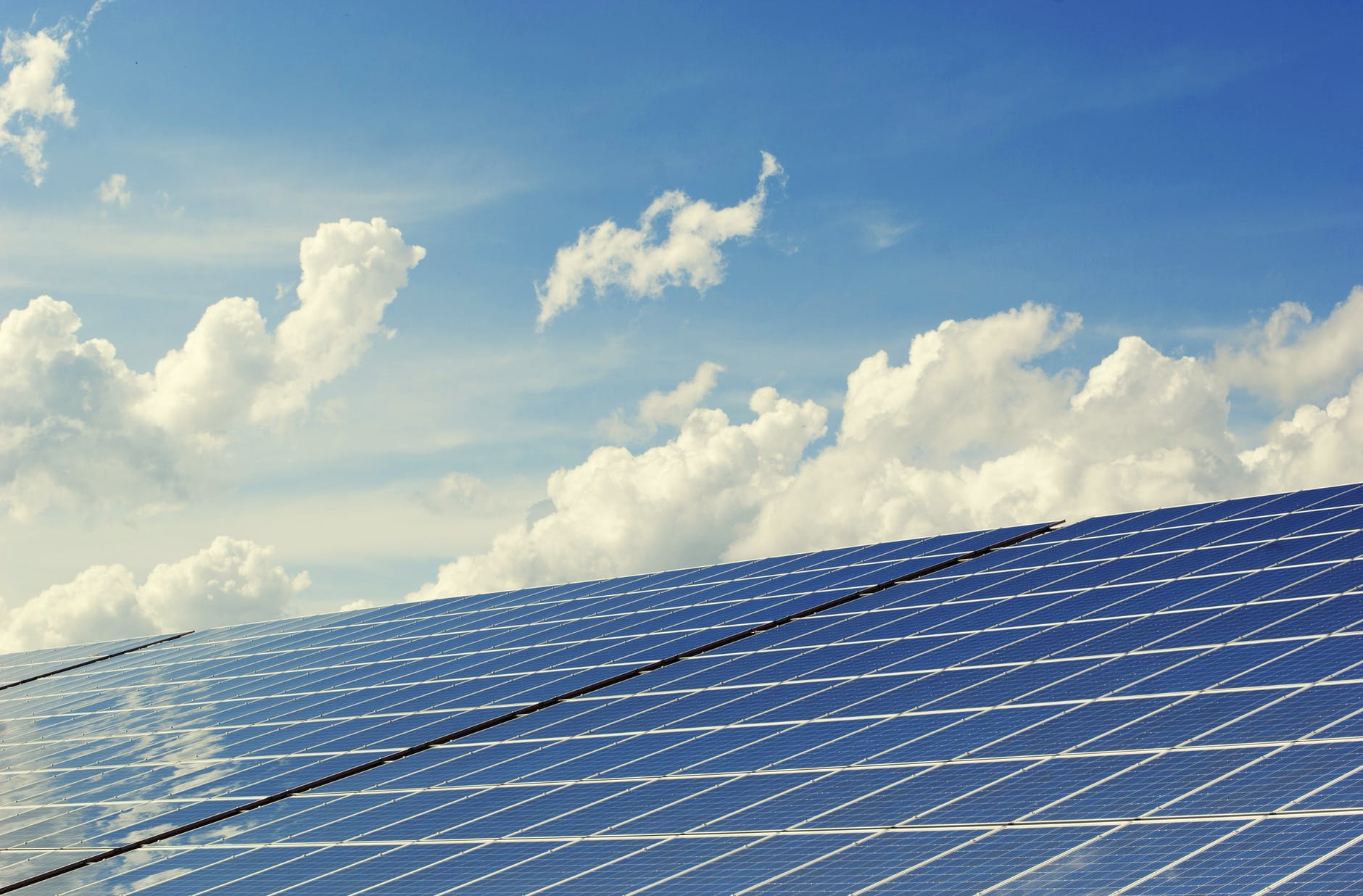
The American Society of Agricultural and Biological Engineers (ASABE) and the Solar Energy Industries Association (SEIA) have partnered to develop industry standards for agrivoltaics—the dual use of land for agriculture and solar energy production. Together, they are identifying key areas where new standards can benefit landowners and developers, helping to address challenges that arise in integrating solar and energy storage projects with agricultural land. These national standards aim to establish shared expectations for the design, development, and construction of such projects, based on consensus-driven principles that serve the best interests of all parties.
ASABE, a leader in agricultural systems standards and an ANSI-accredited organization, represents the U.S. in 15 areas of international standards development, including testing and safety. SEIA, also ANSI-accredited, is actively developing 11 standards related to solar and energy storage installation, training, recycling, consumer protection, and supply chain traceability.
The initiative’s first focus will be on establishing common terminology and definitions for solar and energy storage projects on agricultural land. Members of both organizations and industry stakeholders are encouraged to participate by joining committees or engaging through their respective memberships. Information on committee applications will be available on the organizations’ websites.“This collaboration harnesses the expertise of ASABE members in agriculture and agricultural facilities alongside the specialized knowledge of SEIA members in photovoltaic and energy storage technologies. Together, we aim to establish comprehensive standards that will advance the field of agrivoltaics and promote sustainable land use,” said Darrin Drollinger, executive director at ASABE.
“SEIA is committed to delivering the tools and resources that farmers need to maintain their operations while speeding up clean energy deployment. Industry standards for agrivoltaics will empower farmers seeking to explore large-scale solar on their properties with lower costs, less risk, and increased market efficiency,” said SEIA President and CEO Abigail Ross Hopper.











